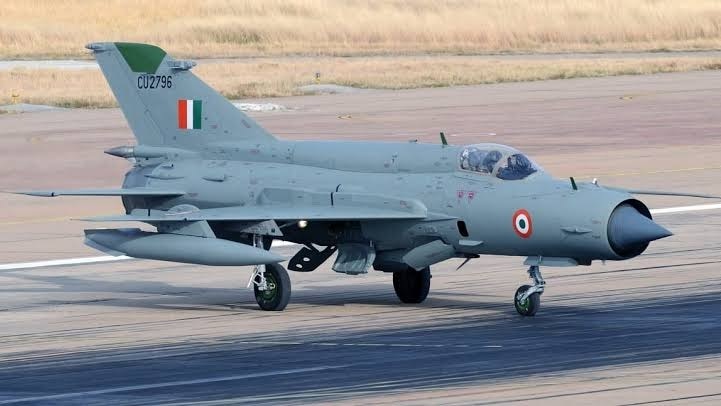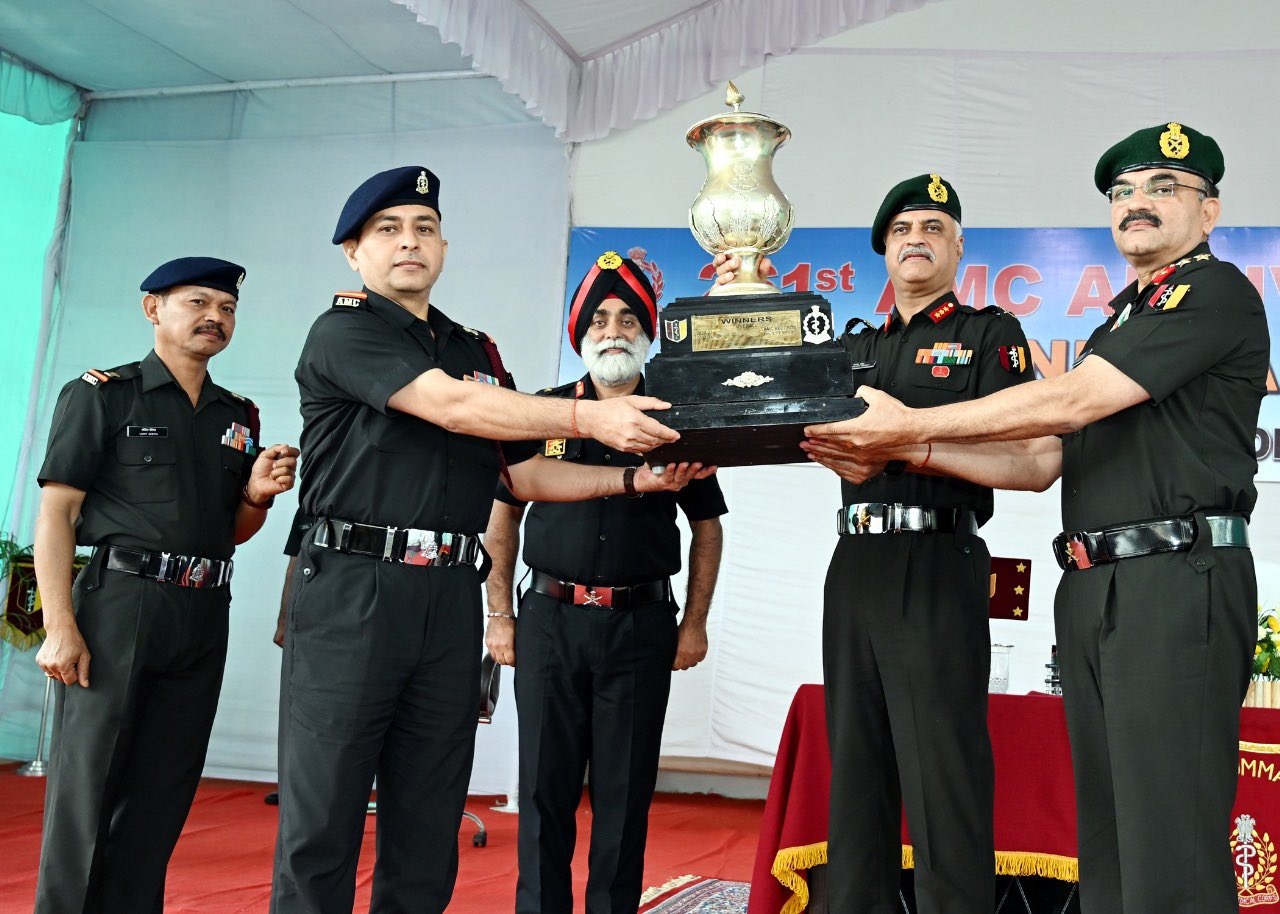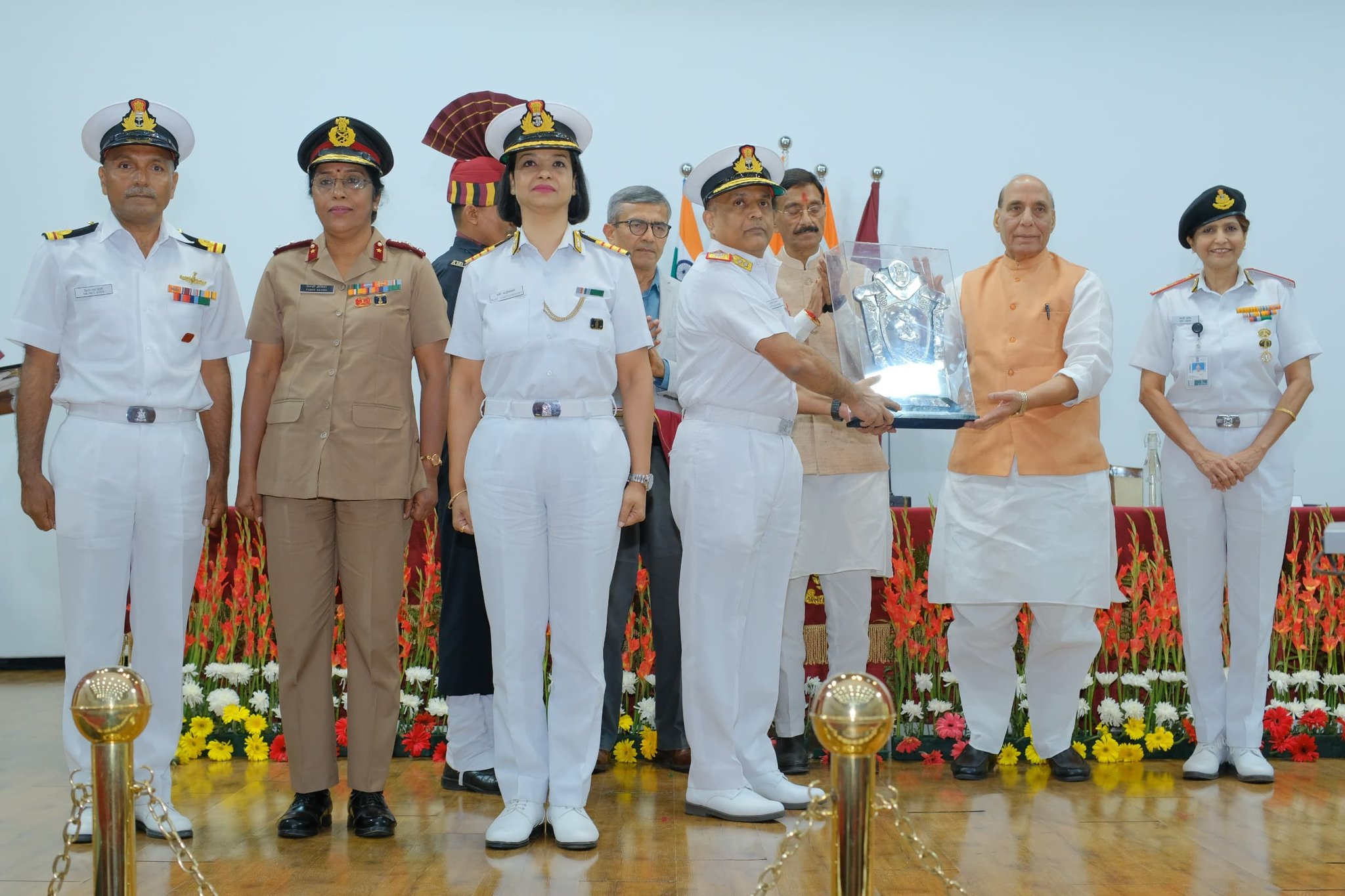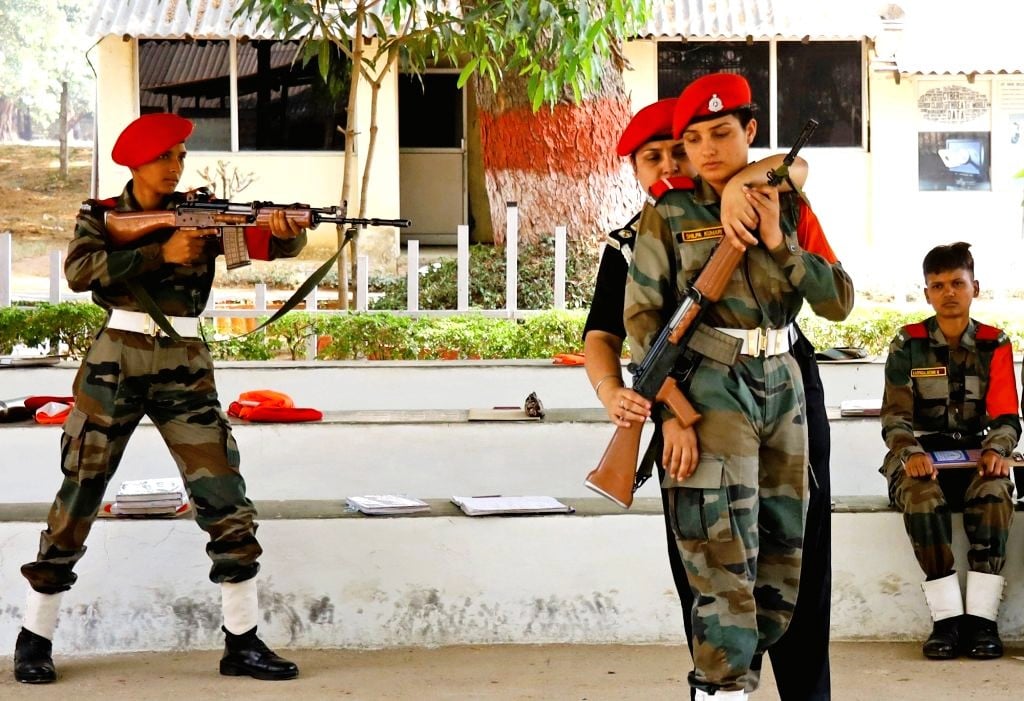In a significant decision reflecting the ongoing challenges faced by the Indian Air Force (IAF), the Air Force has opted to extend the service of its MiG-21 Bison fighter jets. This move comes as a result of delays in the induction of the indigenous Tejas Mk1A fighter jets, which were expected to replace the aging MiG-21 fleet.
Originally slated for retirement by December 2025, the MiG-21 Bison will see its service period prolonged to accommodate a slower than anticipated production schedule of the Tejas Mk1A. According to sources, the IAF had planned to establish its first squadron of Tejas Mk1A at the Nal Air Force base in Rajasthan’s Bikaner by July 2024. This base is notable for currently being home to the last operational squadrons of MiG-21 Bison jets. However, manufacturing challenges—particularly delays in engine supply—have hindered Hindustan Aeronautics Limited (HAL) from adhering to the expected timeline for the new fighters.
The MiG-21 Bison has been a significant part of the IAF fleet since it was inducted in the 1960s, notwithstanding the aircraft’s notorious reputation for accidents, leading to its colloquial label of a “flying coffin.” The aircraft has a storied combat history, including crucial roles in several major conflicts, such as the 1965 and 1971 India-Pakistan wars, the Kargil conflict in 1999, and more recently, the Balakot airstrikes in 2019. The prowess of the MiG-21 was highlighted during Operation Vijay in 1999, where it played an integral part in the air campaign.
Despite many upgrades, the MiG-21 Bison, which includes advanced features compared to the earlier versions, has surpassed its intended operational lifespan. Currently, the IAF operates two squadrons of these aircraft, totaling 31 units. The extension of their service underscores a pressing requirement for the induction of new aircraft into the IAF’s inventory, as the force operates approximately 30 fighter squadrons—a number significantly below the sanctioned strength of 42 squadrons.
As the IAF seeks to modernize its fleet, the Tejas Mk1A is expected to fulfill this role with its advanced capabilities, including cutting-edge avionics, Active Electronically Scanned Array (AESA) radar, and enhanced electronic warfare systems. The Tejas Mk1A represents a vital component of India’s efforts to bolster its indigenous defense capabilities and secure its airspace in an increasingly complex regional security environment.












